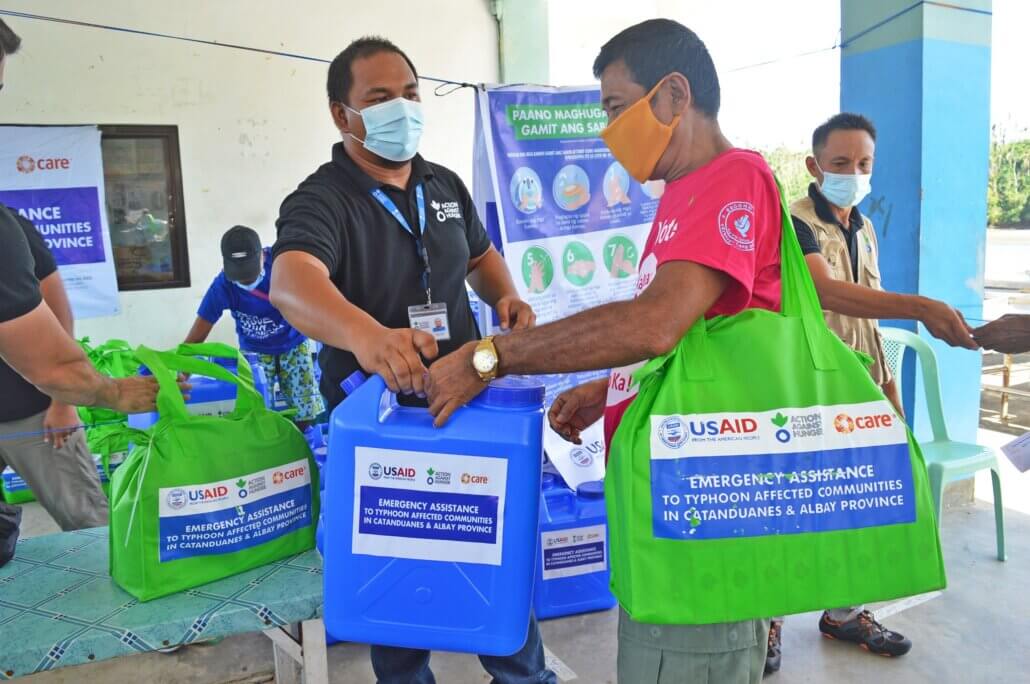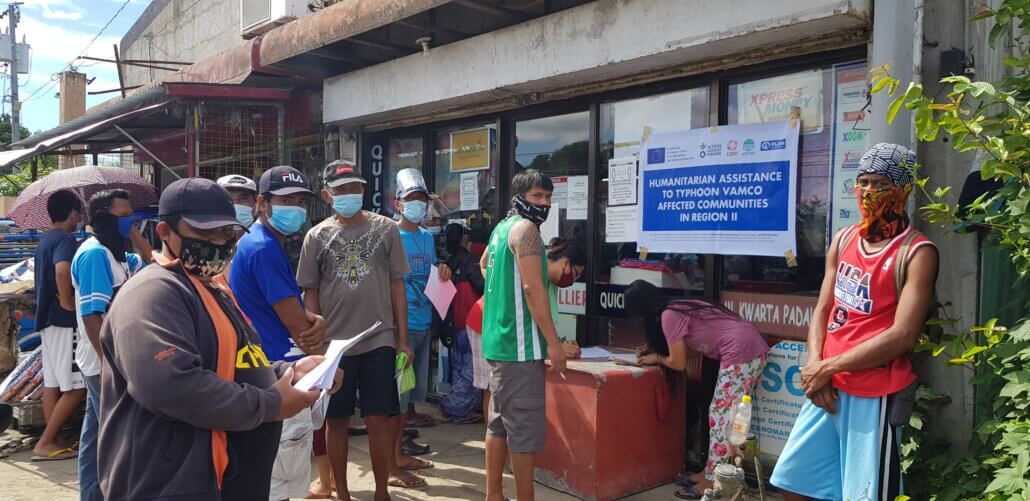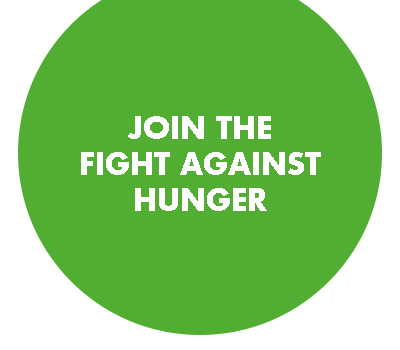REACHING COMMUNITIES THROUGH COORDINATION
When emergencies occur, an influx of humanitarian aid from NGOs, civic organizations and private companies go to the affected areas. But in many cases, towns near city-centers and along major roads get most of the initial assistance. Remote communities receive limited aid.
“Coordination is really key in providing assistance. Private companies, civil society organizations, and NGOs should coordinate with the local government so that there is no duplication,” states Kamran Shah, Head of Project for Action Against Hunger’s Typhoon Rolly (International Name: Goni) Emergency Response funded by the United States Agency for International Development’s Bureau for Humanitarian Assistance (USAID-BHA). “The very first thing we did when we started operations in Catanduanes was to talk to government officials as to which areas were underserved. They pointed us to several barangays in the municipality of Bato, one of the hardest hit areas. When we went there to assess the needs of the communities, we found out that people had received assistance, even getting the same type of aid twice over. This was because several organizations distributed aid in the area without informing the local authorities.”
This was a stark contrast to the plight of some communities. “The people from Barangay Guinsaanan, which is about 60 km from Virac and also one of the badly hit areas, received no assistance at that time,” Kamran continues. “This was not the only case. As we ventured farther, we found out that a lot of barangays were not receiving initial aid as well.

Similar observations were made by Action Against Hunger’s Emergency Response team for Typhoon Ulysses (International Name: Vamco) in Cagayan Province funded by the European Civil Protection and Humanitarian Aid Operations (ECHO). “We knew from experience that indigenous people living in geographically isolated areas rarely get assistance,” shares Karla Cruz, Head of Project. “So, in coordination with authorities, we were able to reach them by meeting up in areas that were accessible for them and for us as well.”

A new factor emerged in 2020 as an obstacle in aid not reaching people immediately: COVID-19. “Understandably, there were a lot of protocols in place that we had to follow to reach these communities,” Karla states. “But, even with us complying with these requirements, it still took a lot of coordination with several government authorities, convincing and assuring them that we were there to help and do no harm in the process.”
“Wherever we respond, we always coordinate with local authorities, who are the first and frontline responders in an emergency,” says Suresh Murugesu, Deputy Country Director for the Philippine Mission. “This way, we know which areas are underserved and what the people’s needs are. We verify the information independently and try to serve as many people as we can.”


